only the end of the world again
Extraits

Non classé
Living in Two Worlds
05/1994

Histoire et Philosophiesophie
The Undergrowth of Science. Delusion, self-deception and human frailty
01/2000
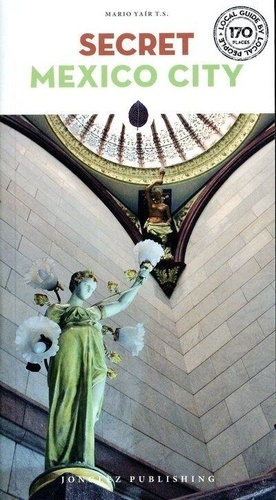
Mexique
Secret Mexico City
02/2024

Histoire et Philosophiesophie
THE WOMAN WHO KNEW TOO MUCH. Alice Stewart and the secrets of radiation
02/2000
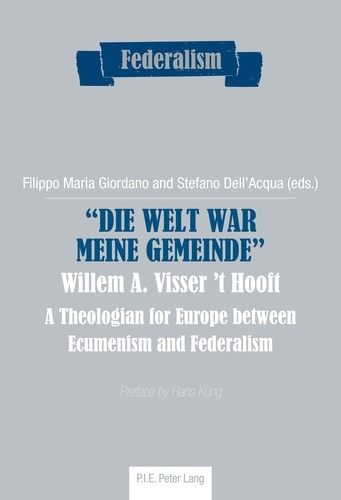
Histoire de France
«Die Welt war meine Gemeinde»- Willem A. Visser ’t Hooft. A Theologian for Europe between Ecumenism and Federalism
12/1985

Non classé
The Concept of Man in Igbo Myths
11/1999

Non classé
Ruling Class Men
02/2007
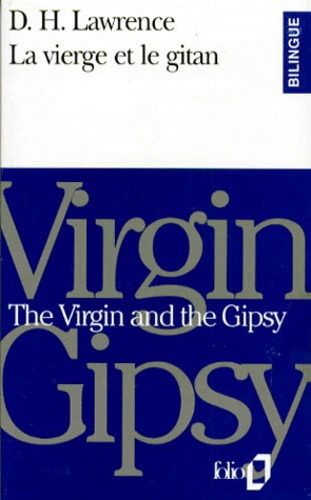
Anglais apprentissage
LA VIERGE ET LE GITAN : THE VIRGIN AND THE GIPSY
02/1993
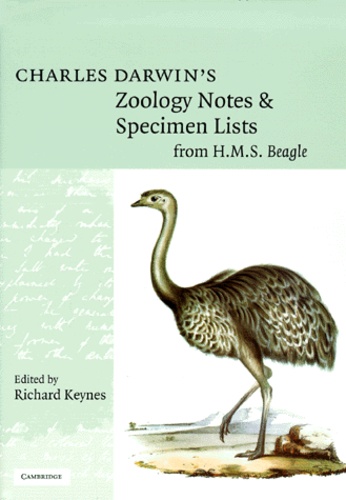
Histoire et Philosophiesophie
Charles Darwin's Zoology Notes & Specimen Lists from H.M.S. Beagle
01/2000

Histoire et Philosophiesophie
Thinking about Physics
01/2000

Lectures graduées
Death of a Salesman
08/2021
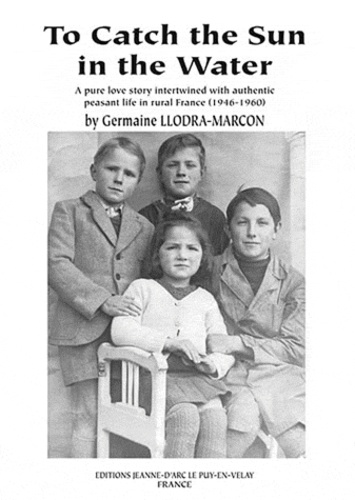
Critique littéraire
To catch the sun in the water
07/2001

Non classé
Debating National Security
04/1991
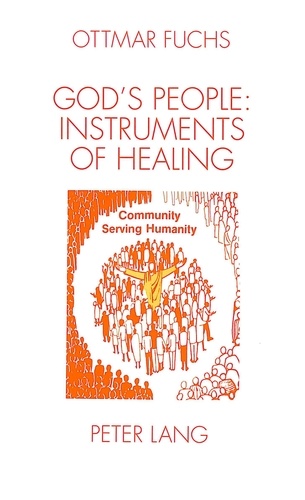
Religion
God's People: Instruments of Healing
07/1993
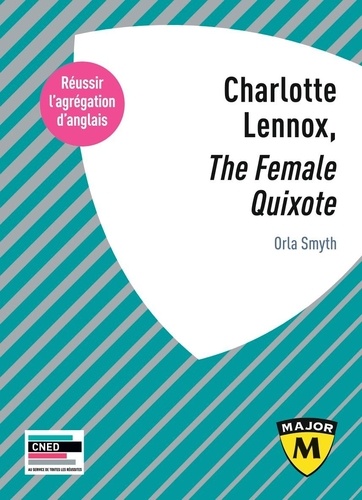
Divers
Charlotte Lennox, "The Female Quixote". Agrégation d'anglais, Edition 2024-2025
11/2023
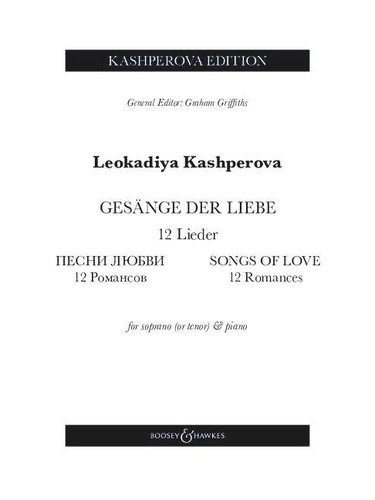
Musique classique
Songs of Love. 12 Romances. 12 Lieder. Soprano (tenor) and piano.
12/2023

Critique littéraire
Ancient Greek by Its Translators
02/2022
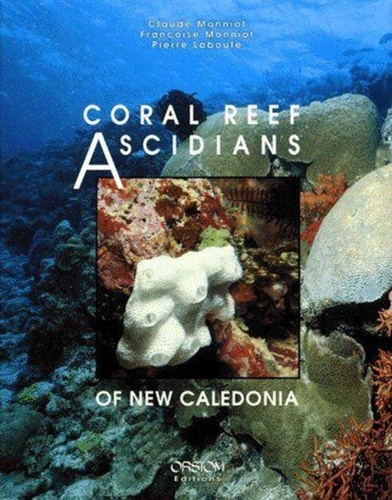
Sciences de la terre et de la
Coral reef ascidians of New Caledonia
08/1991

Anglais apprentissage
A multitude of Sins. Richard Ford
11/2007
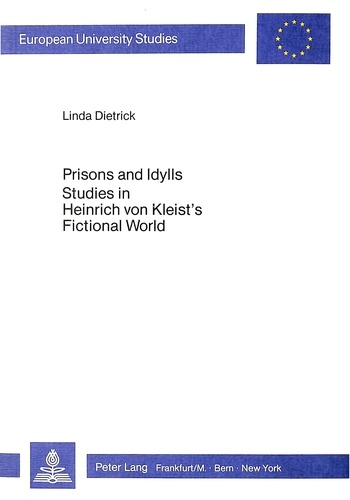
Non classé
Prisons and Idylls
12/1985
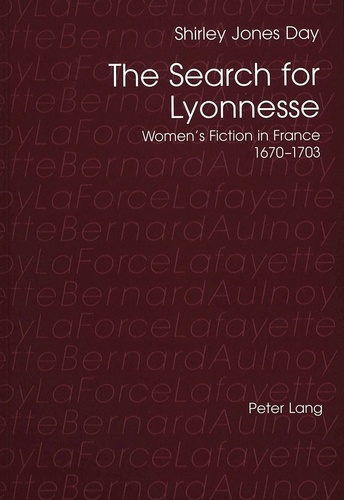
Non classé
The Search for Lyonnesse
07/1999
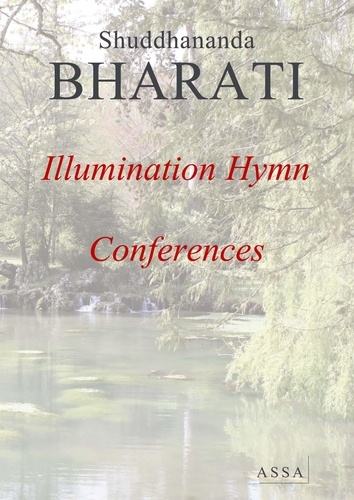
Littérature française
Illumination Hymn and Conferences
06/2014
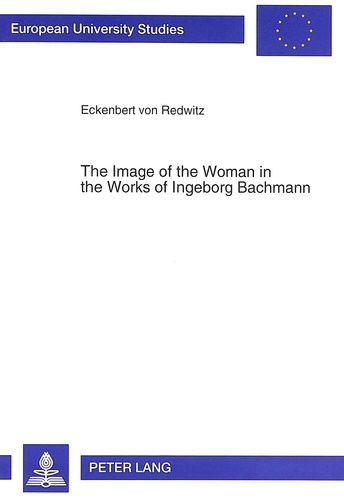
Non classé
The Image of the Woman in the Works of Ingeborg Bachmann
09/1993
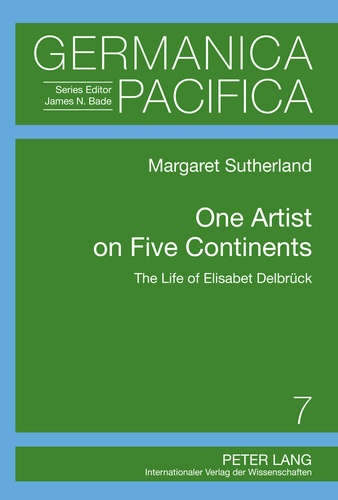
Histoire internationale
One Artist on Five Continents
12/2011

Monographies
Georges troubat
03/2022

BD tout public
I am GooGol - The Great Invasion
12/2010
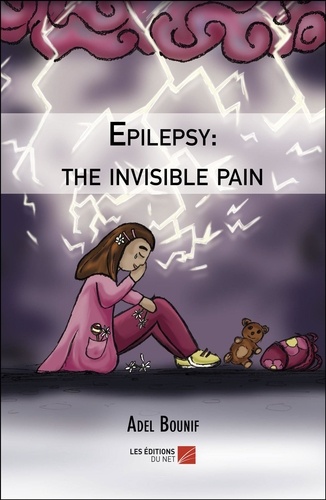
Poésie
Epilepsy: the invisible pain
01/2019
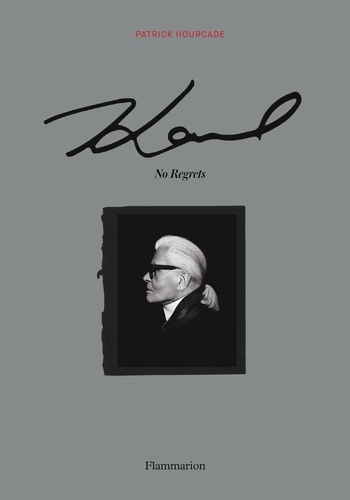
Monographies
Karl. No Regrets
10/2021

Sociologie
A Handbook of Global Citizenship Education. The Belgian perspective
01/2023
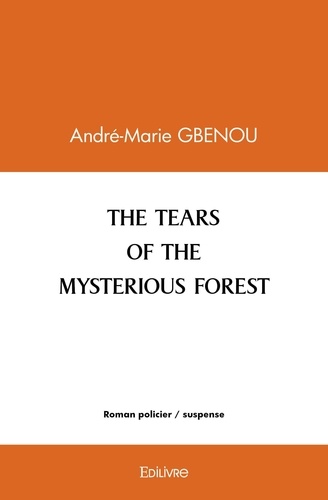
Romans policiers
The tears of the mysterious forest
12/2021

